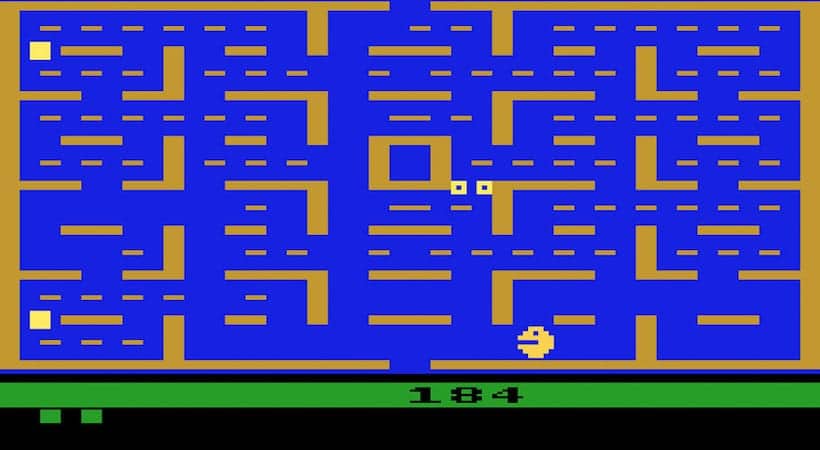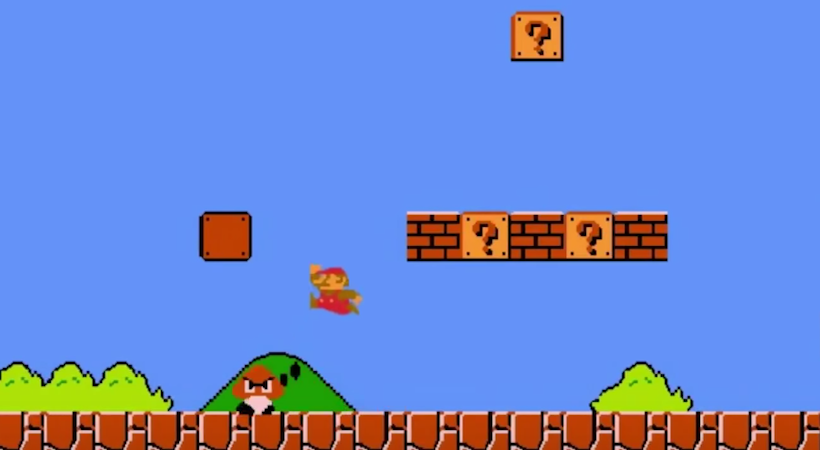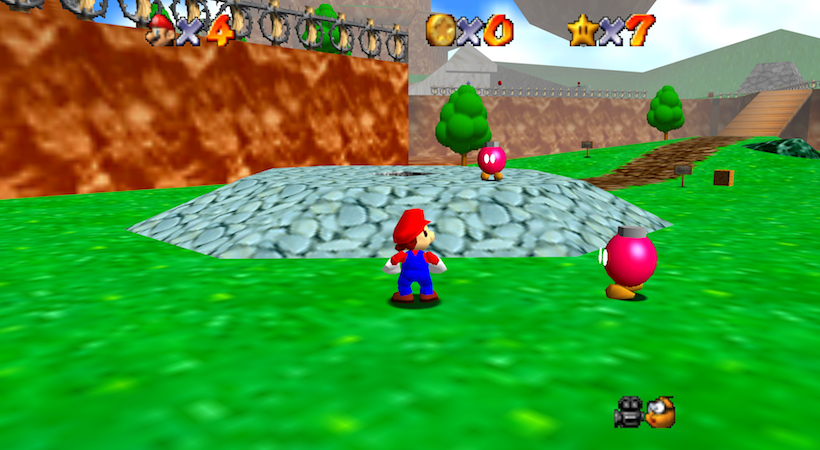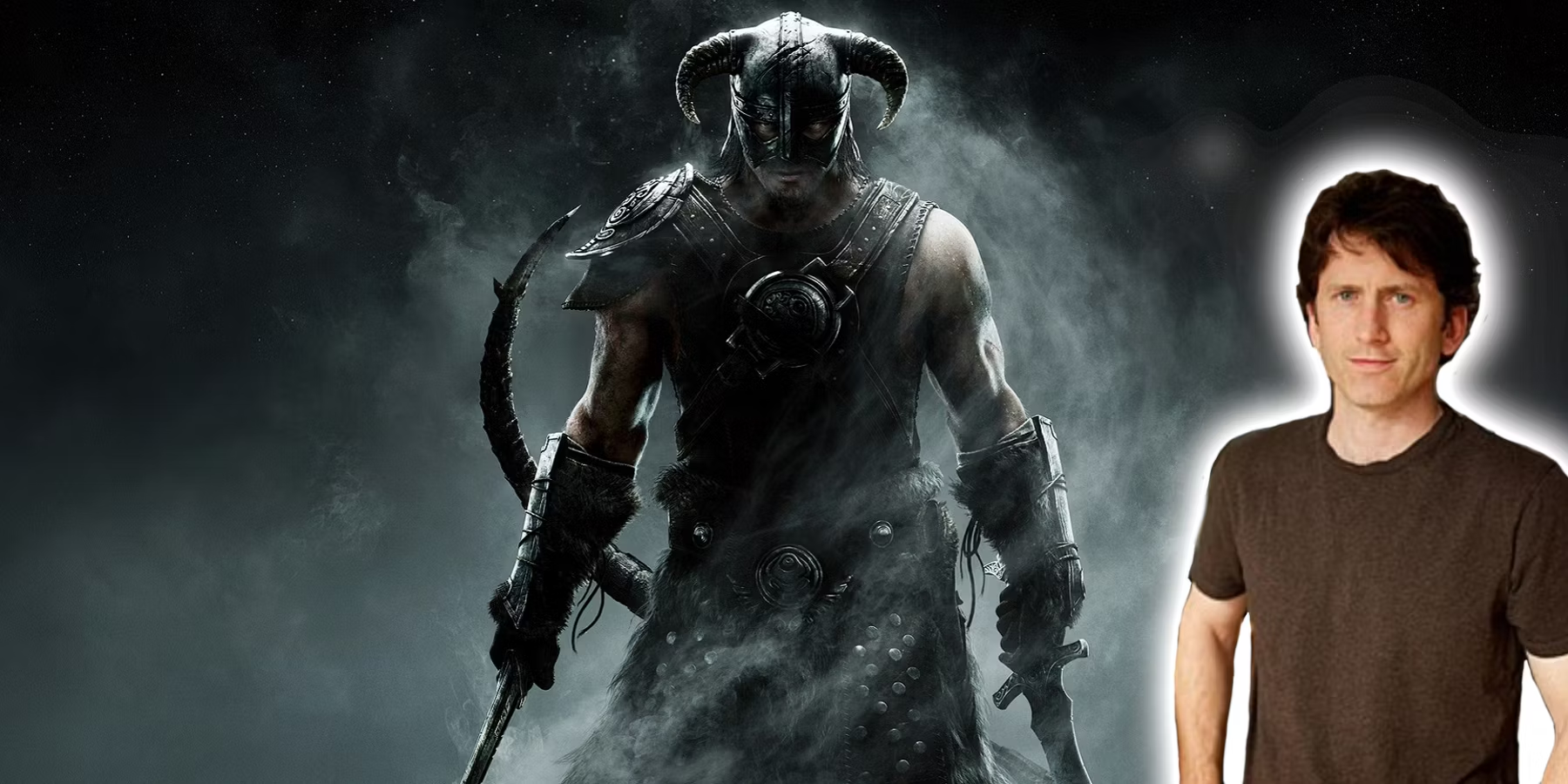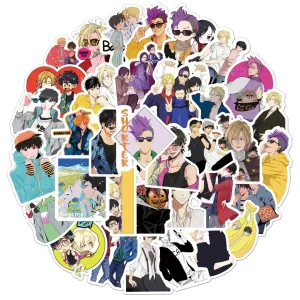Video games are a visual medium. From print ads to game trailers, developers and publishers generally have to sell a game based on its appearance. Over the last four decades of the home gaming industry, game graphics have come a long way.
Looking at the evolution of game graphics as a whole is a very broad and technical topic. I’ve tried my best to condense the history into something that is both fun and exciting to read. For me personally, it was a joy to watch how a character like Mario or Sonic the Hedgehog evolved from a simple sprite to a fully realized 3D model.
I hope you enjoy the journey as much as I did.
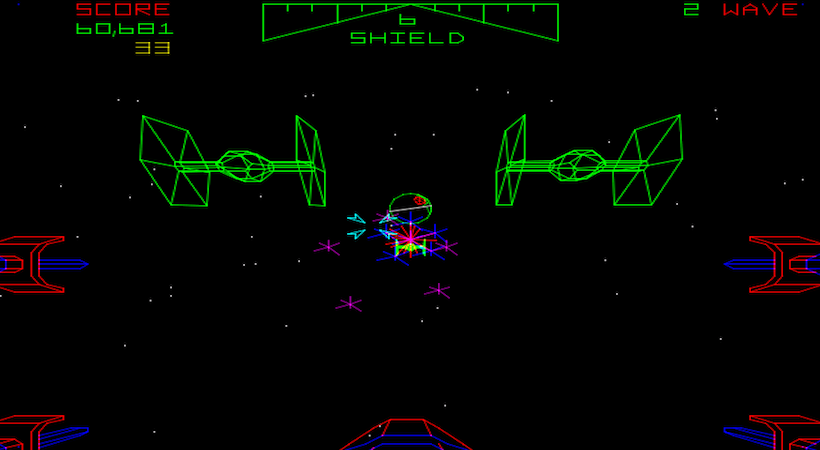
Other games, like the classic Space Invaders, used simple sprites to represent characters on screen. This was a trend that would carry over to the soon-to-be home gaming market.
Atari 2600
The earliest home game systems like the Atari 2600 featured graphics that weren’t quite at the same level as those of arcade games, but still managed to impress nonetheless. The graphics in the game didn’t always look like what they represented, so sometimes you had to use your imagination.
Still, the idea was there.
A game like Pac-Man looked beautiful in the arcade. The game was full of beautiful sprites and rich colors. The Atari 2600 version of the game was decidedly less beautiful, with a more limited color pallet and choppier animation. Looking at both versions of the game really shows the divide between where graphics were at home versus where they were in the arcade.
Nintendo Entertainment System
When Nintendo launched the Famicom in Japan (released in the United States as the Nintendo Entertainment System), graphics had taken a leap forward. While games on the early home consoles had rather ugly and limited color pallets, the Nintendo Entertainment System found better ways to work within its restrictions.
As far as the sprites that the system presented on-screen, there was often more to them there seemed. In a video by The 8-Bit Guy, explaining how graphics worked on the Nintendo Entertainment System, he explains how certain sprites, like super Mario, were created by seamlessly stitching together four individual sprites.
It was some fancy stuff at the time.
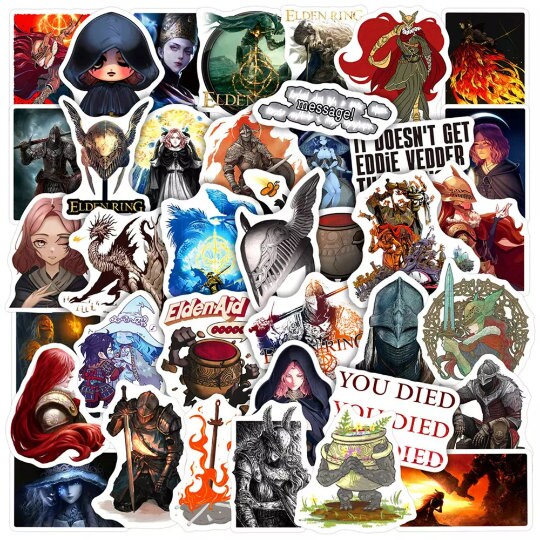
If you love video games, make sure you check out our custom video game sticker packs!
Super Nintendo
When games moved into the 16-bit era, things got even more exciting. Color pallets were expanded and sprites were able to show more detail than before. While platformers like the Super Mario Bros. games help showcase graphical differences, my barometer has always been Japanese role playing games.
Games like Dragon Warrior and Final Fantasy had a unique look during the previous generation. This time around, games like Final Fantasy II and Chrono Trigger helped showcase just how far we had come.
But things were developing in other game genres too. When it came to racing games, Nintendo had been utilizing a technology called Mode 7, which allowed them to create the impression of 3D imagery by manipulating 2D objects.
Around the same time, Nintendo also figured out that it could add an extra chip to the game cartridge itself that would allow the game access to greater graphical processing power. It’s because of this chip that Square was able to present Super Mario RPG the way it did, as the game would have been too much for the Super Nintendo to handle on its own.
Sony’s PlayStation
There comes a point in the history of gaming where there is a true divide between Nintendo and the next generation of game consoles. That divide happened to occur in the early-to-mid 90’s. The short version of what happened during this time was that Nintendo and Sony were to collaborate on a Super Nintendo with a CD drive. Nintendo broke the deal and Sony decided to make their own system.
And thus, the PlayStation was born.
What’s most interesting about the PlayStation is that while it was only a 32-bit system, it was the counterpart to Nintendo’s upcoming 64-bit system. The PlayStation used CD as the medium for its games, meaning that developers were able to store more data on the game discs.
While the PlayStation did have games that featured 3D graphics, they weren’t quite at the point we are used to today.
Nintendo 64
When Nintendo did their next system, known as the Nintendo 64, it was seen as a game changer. Despite opting to stick with cartridges for another generation, Nintendo was able to pull amazing amounts of power out of its newest console.
Released in 1996, Super Mario 64 is still considered to be an amazing game over two decades later and it served as a game that helped write the book on how to make 3D platformers. By comparison, games that came out shortly after it, most notably Bubsy 3D on the PlayStation, showed that not all developers had yet mastered 3D.
That isn’t to suggest that everything Nintendo did on the Nintendo 64 was truly 3D. On the contrary, most of the 3D on the Nintendo 64 was actually very clever sprite placement and manipulation. The console may have been newer and the hardware more powerful but a lot of the techniques remained the same.
Closer to Today
Up to this point, you may have noticed that the majority of the systems I’ve discussed in this article have all been Nintendo and Sony systems. The reason for that has been that Nintendo, Sega, Sony, etc, were all essentially doing the same thing. The difference is Nintendo stood out more doing it.
A full year before any of the modern-day, big three publishers released a system, Sega released the Dreamcast. The Sega Dreamcast was released in North America on Sep. 9, 1999. Alongside it released Sonic Adventure, which pushed Sonic the Hedgehog into the 3D realm. This was important, because due to advances in computer hardware at the time, Sonic Adventure actually was a 3D game. Unlike the previous generation where the trees in Super Mario 64 were sprites, Sonic and his world was legitimately 3D.

In time, Sony, Nintendo, and Microsoft would all follow suit, releasing the PlayStation 2, GameCube, and Xbox respectively. This is where the big three companies of home gaming asserted dominance. All of those players are still around today.
But how did the games look on these platforms? Great for the time. Looking back at the games, the graphics are still of questionable quality, but I guess that’s just part of aging. Some games still hold up today. Games like Ty the Tasmanian Tiger, Super Mario Sunshine, and even God of War or Kingdom Hearts really don’t look terrible even by today’s standards. These games are still fun to go back to play today.
Five to Ten Years Ago
That brings us to where we were five to ten years ago. Nintendo, Sony, and Microsoft are still making consoles for their respective families. Now, however, the graphics have leapt forward in great ways. Games are now HD and often run at higher frame rates than developers could dream of even two decades ago. Even more so, as graphics get more realistic, we start to straddle that line of the uncanny valley, which I’ve recently seen pointed out in regards to L.A. Noire: The VR Case Files.
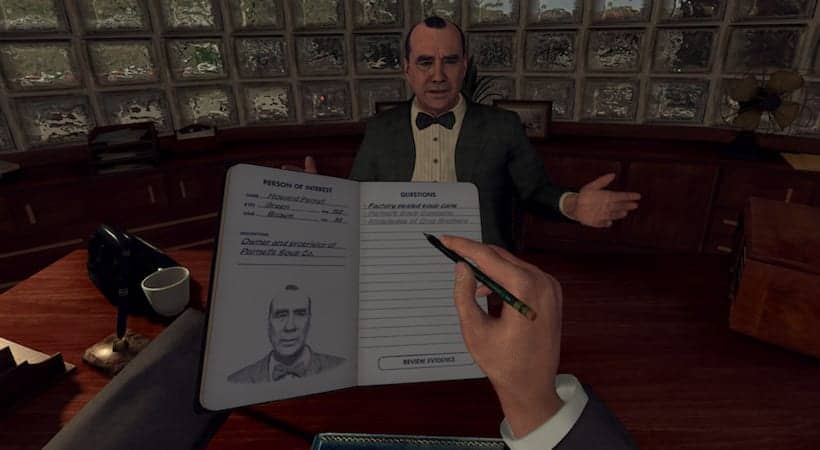
All of this comes at a cost, however. The cost of game development has gone up significantly. This is often offset with downloadable content, microtransactions, and other questionable methods.
Today’s Games
Today’s video games feature incredibly realistic and immersive graphics. Modern games showcase cutting-edge graphics technology that pushes the boundaries of what’s possible in the gaming world.
Newer graphics cards like the RTX 4090 make 4k gaming with Ray Tracing a reality.
Ray tracing is a rendering technique that simulates the behavior of light in real life, creating more realistic lighting and shadows in a virtual environment. This technology is being used in many of the latest games, including the ones mentioned above.

God of War: Ragnarok, the sequel to the critically acclaimed God of War, features stunning graphics and ray tracing technology that makes the game’s environments and characters look incredibly lifelike. The game’s lighting and shadow effects are particularly impressive, creating a sense of depth and realism that draws players into the game’s world.
The new Dead Space Remake is another game that pushes the boundaries on graphical fidelity. What the studio accomplished with lighting and atmosphere is incredible.
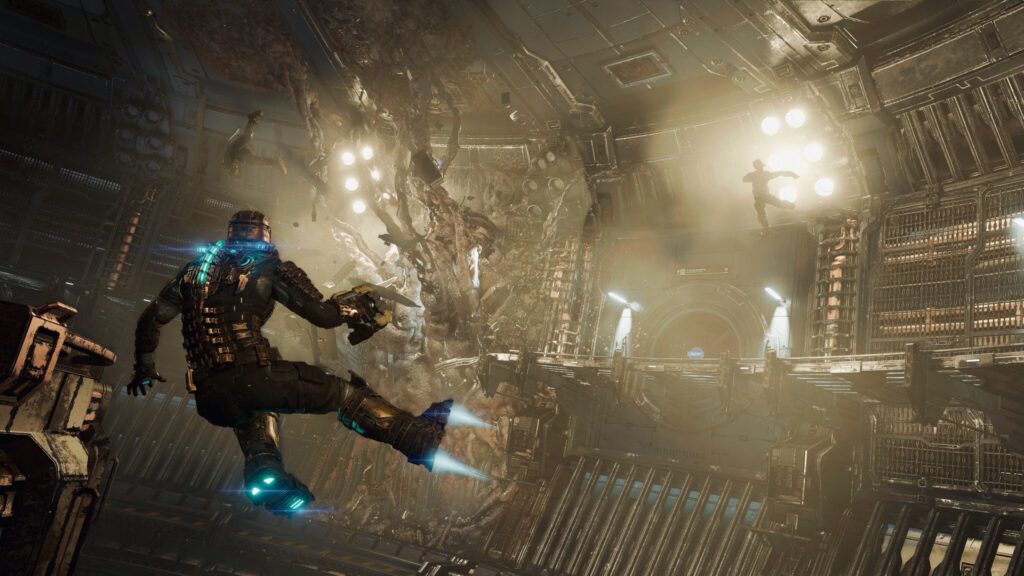
In Conclusion
There you have it: the evolution of game graphics over the last four decades. You may have noticed that I didn’t even touch on PC games at any point in this history. That’s because the evolution of PC game graphics is another topic in its own right.
Over the years, there were so many players in the home game market that not all of them could be highlighted, but that doesn’t diminish their importance in the history of home gaming. If you were interested by this article, I highly suggest doing more research into how each of these console graphics systems worked, as there is some truly impressive stuff that has been used over the years.
What system had your favorite graphics in your time as a gamer? Let us know in the comments below.





